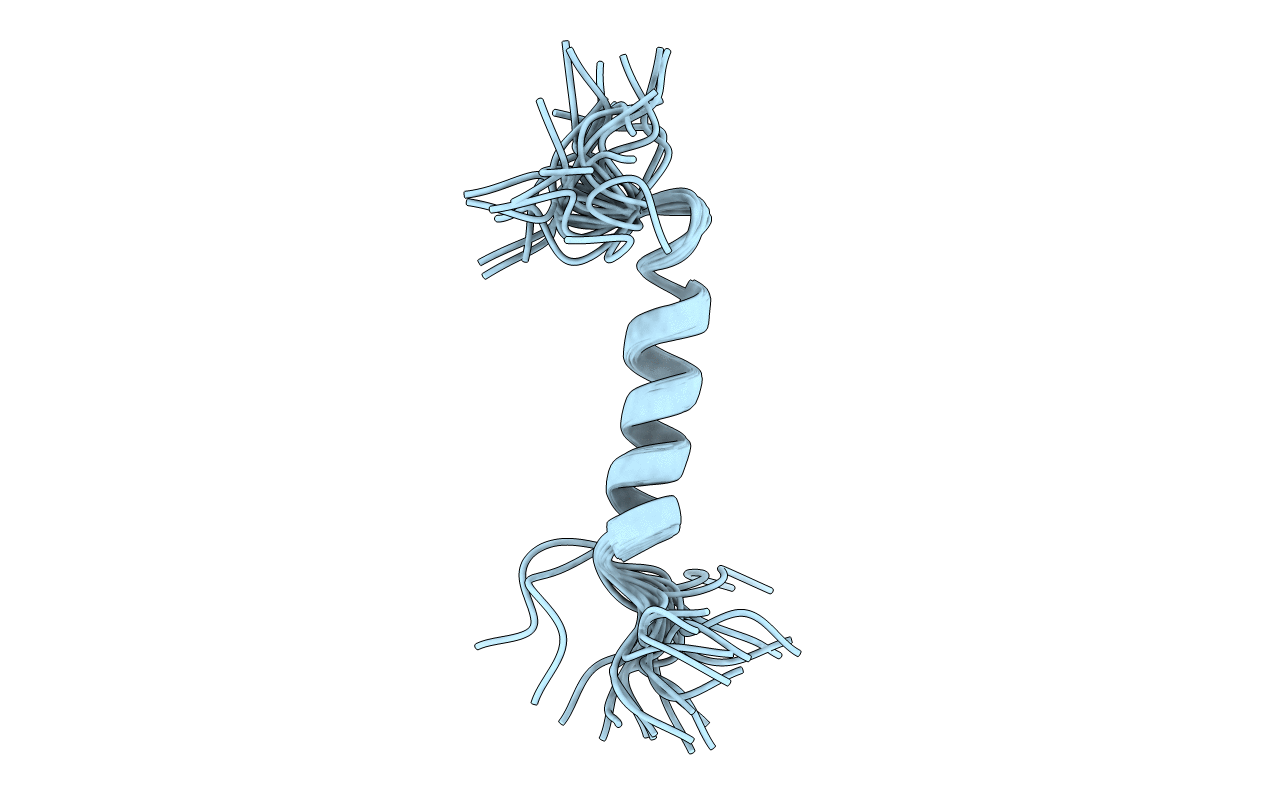
Deposition Date
1998-01-21
Release Date
1998-07-22
Last Version Date
2024-10-23
Entry Detail
PDB ID:
2MLP
Keywords:
Title:
MICROCIN LEADER PEPTIDE FROM E. COLI, NMR, 25 STRUCTURES
Biological Source:
Source Organism:
Escherichia coli (Taxon ID: 562)
Host Organism:
Method Details:
Experimental Method:
Conformers Calculated:
30
Conformers Submitted:
25
Selection Criteria:
RANDOM


